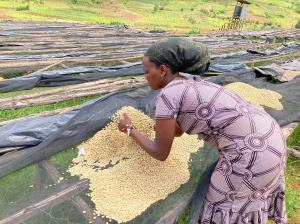Shedding light on Internet use among the poor
Harvard Chan School’s Kasisomayajula “Vish” Viswanath co-authored a study that looked at how low-income people use the Internet.
According to your study, there’s not a lot of data on how this population uses the web. Why would that data be helpful?
The lack of information is a problem, because if we want to create websites that take into account their needs and behaviors, we need accurate information. Until now, most studies have relied on self-reported or anecdotal evidence, and some have suggested that the poor use the Internet mostly for entertainment or social networking. Some studies have also found that these individuals don’t seek online health information as frequently as those in higher socioeconomic brackets. We wanted to gather more accurate data.
How did you measure Internet use, and what did you find?
In our study, which was led by Rachel McCloud, a research fellow in our lab, we tracked the Internet use of 118 low-income people recruited from Boston-area adult education centers who had not previously had home Internet access. They were set up with home computers, computer training, and Internet access. We tracked their Internet use with software that logged each URL they visited. We then assigned each URL visit to one of three categories of sites: entertainment, social networking, or “capital-enhancing information,” which we defined as sites focused on upward mobility or improving one’s life circumstances. Examples of those include financial services, housing, education, or career advancement sites.




